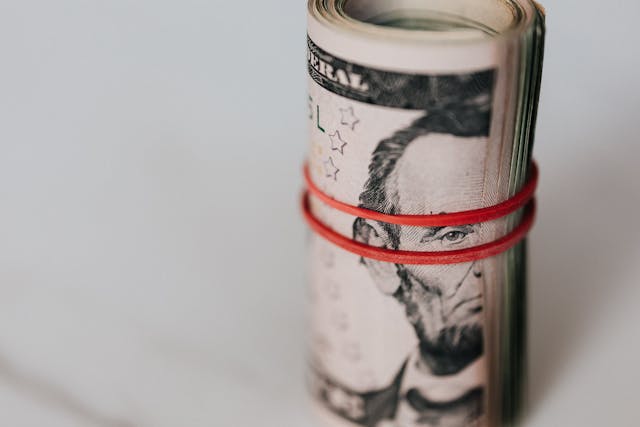

Any fixed, consolidated object that is of easily quantifiable value or investment can be considered a Capital Asset. Whenever you sell an item of this nature, the profit generated is deemed ‘Capital Asset Gain’, and is taxed accordingly, depending upon its status. Stocks, real estate, precious metals, and vehicles all fall under this category. [1]
It’s not just crucial to understand how Capital Asset Tax contributes to your taxation as an individual, but also for any enterprise that holds items or deeds of economic value, even if you simply wish to exchange your property for another or upgrade your equipment at a later date.
A Capital Asset can greatly shift in worth over time, depending on what category it fits into. However, you will only have to pay Capital Gains Tax once you decide to sell that item. Once you realize your profits, they are considered capital gains.
Therefore, you can wait to calculate your gain at the time of the sale, taking the following factors into account
· Increase in the value of the asset
· The length of time you have held the asset in total
· Your net income or the net income of your business
With the amount confirmed, it will fall into either the Short-Term Capital Gain or Long-Term Capital Gain bracket – depending on how long you have owned the asset.
When selling a Capital Asset, as long as the asset has been held for less than a year, the profit is classified as short-term. They fall under the same tax bracket as regular income for an entity, so they contribute to taxable amounts, as well as being a possible tax deduction. [2]
In this case, even if you have incurred a loss over the previous year, you can still deduct up to $3,000 of the depreciation against your income. This means that even if you have lost money, there are still benefits to holding assets in this tax bracket, as there are no specific taxes to be paid on them until you own an asset for more than a year. The same is true for businesses in this regard; Short-Term Capital Gain is treated as regular income and is taxed as such.
On the other hand, this figure contributes directly to your income or revenue tax, so you may be placed in a higher bracket and therefore end up paying more total tax. There are seven federal tax brackets in the current fiscal year of 2020-2021, ranging from 10% to 37%, depending on your marital status and taxable income. For more information about income tax brackets, go to (https://www.nerdwallet.com/article/taxes/federal-income-tax-brackets).
Any revenue you generate from an item you own for longer than a year before selling or disposing of it becomes Long-Term Capital Gain. In other words, it designates the item as being a long-term investment as well as potentially a foundational asset for you and your business. [3] Items likely to become Long-Term Capital Assets under these guidelines include –
· Assets like real-estate, commercial equipment, and rights to land
· Copyright licences and documents of ownership
· Investments, stocks, and bonds
Long-Term Capital Gains are subject to an entirely different set of tax brackets and overall restrictions. For individual filers, the figures for the 2021-2022 Financial Year are as displayed below –
Filing Status
0% Rate
15% Rate
20% Rate
Single
Up to $40,400
$40,401 – $445,850
Over $445,850
Married filing jointly
Up to $80,800
$80,801 – $501,600
Over $501,600
Married filling separately
Up to $40,400
$40,401 – $250,800
Over $250,800
Head of Household
Up to $54,100
$54,101 – $473,750
Over $473,750

